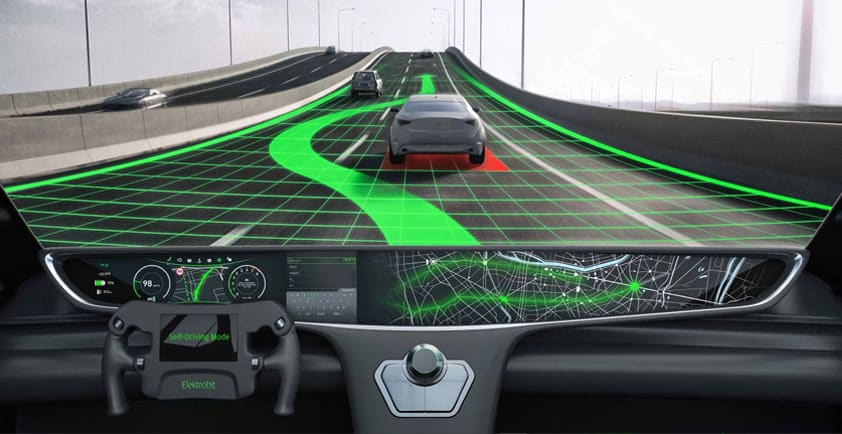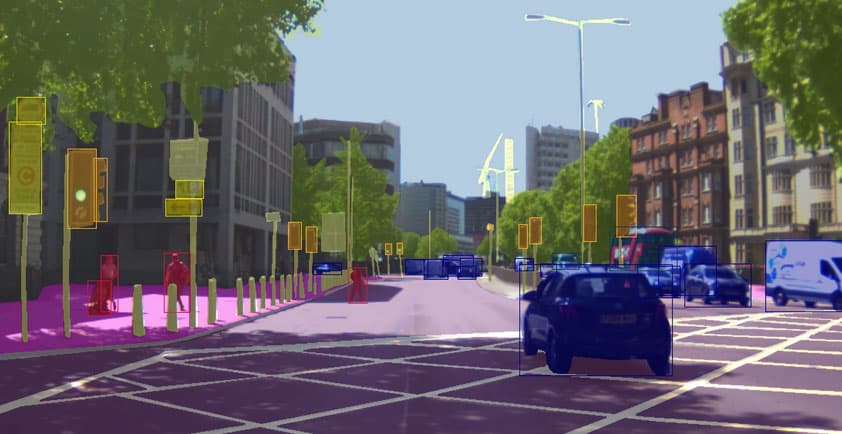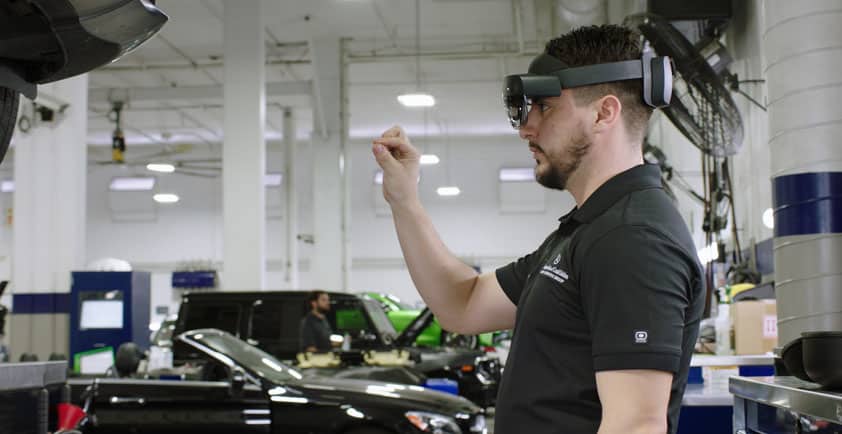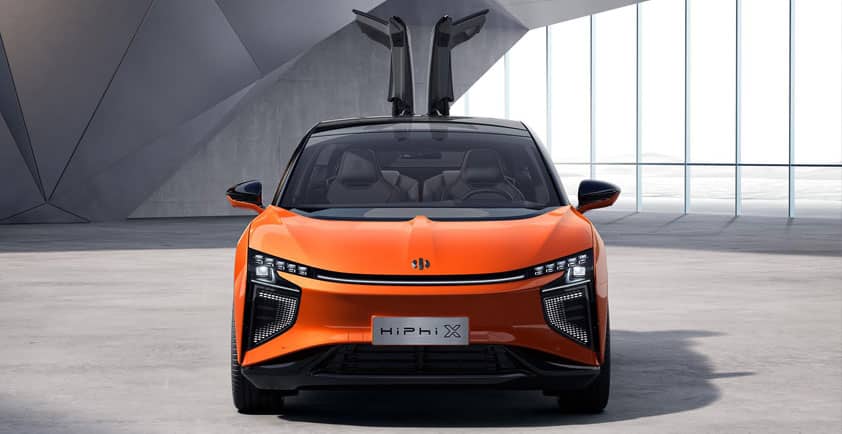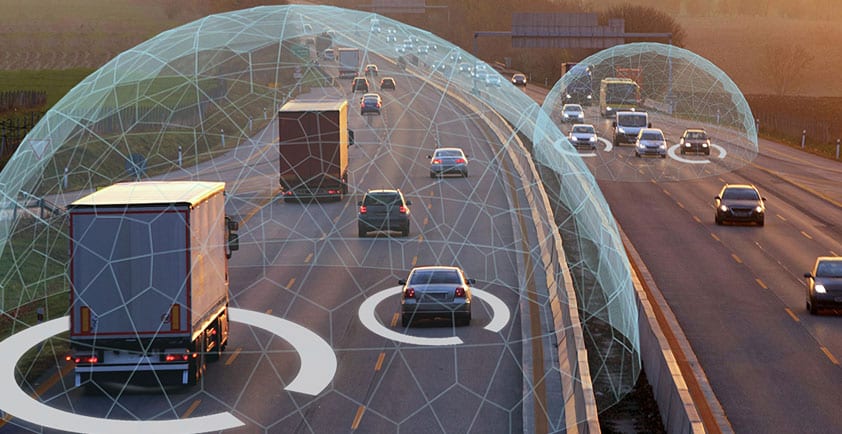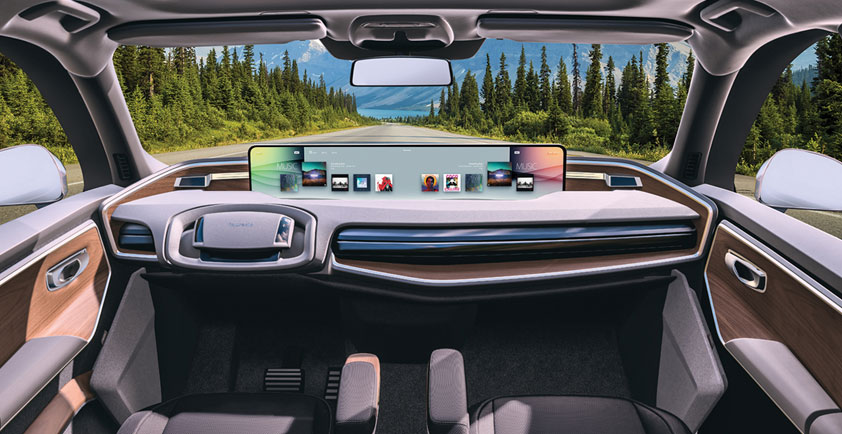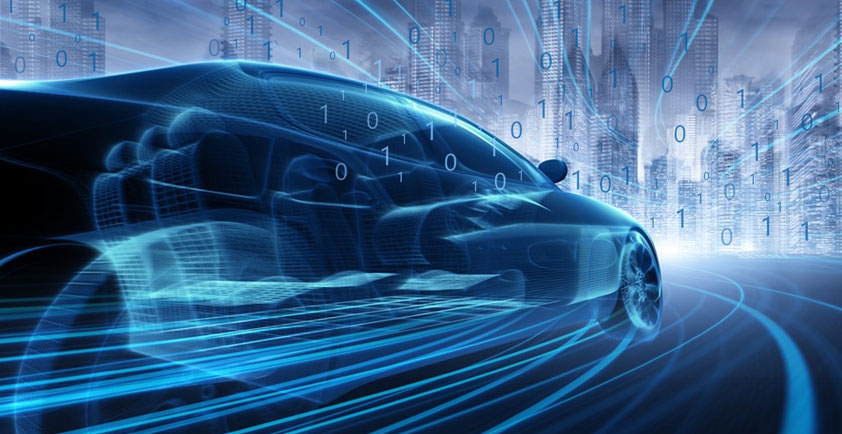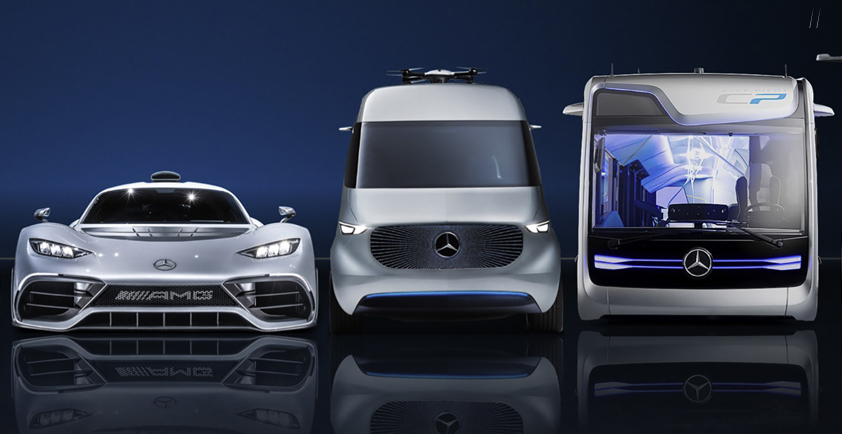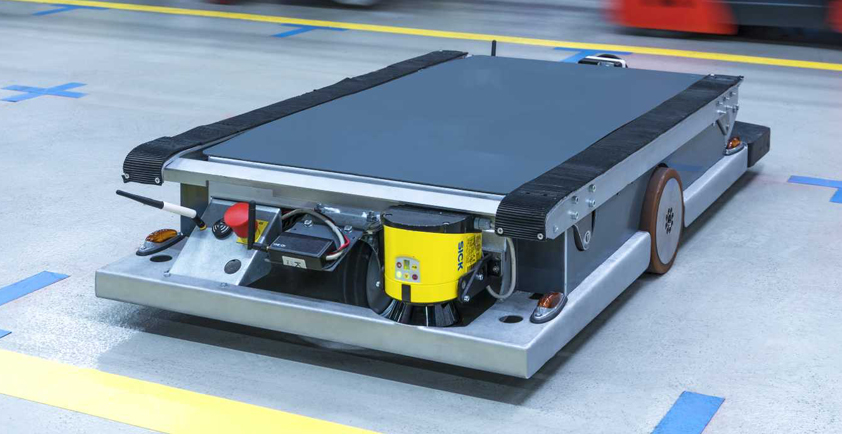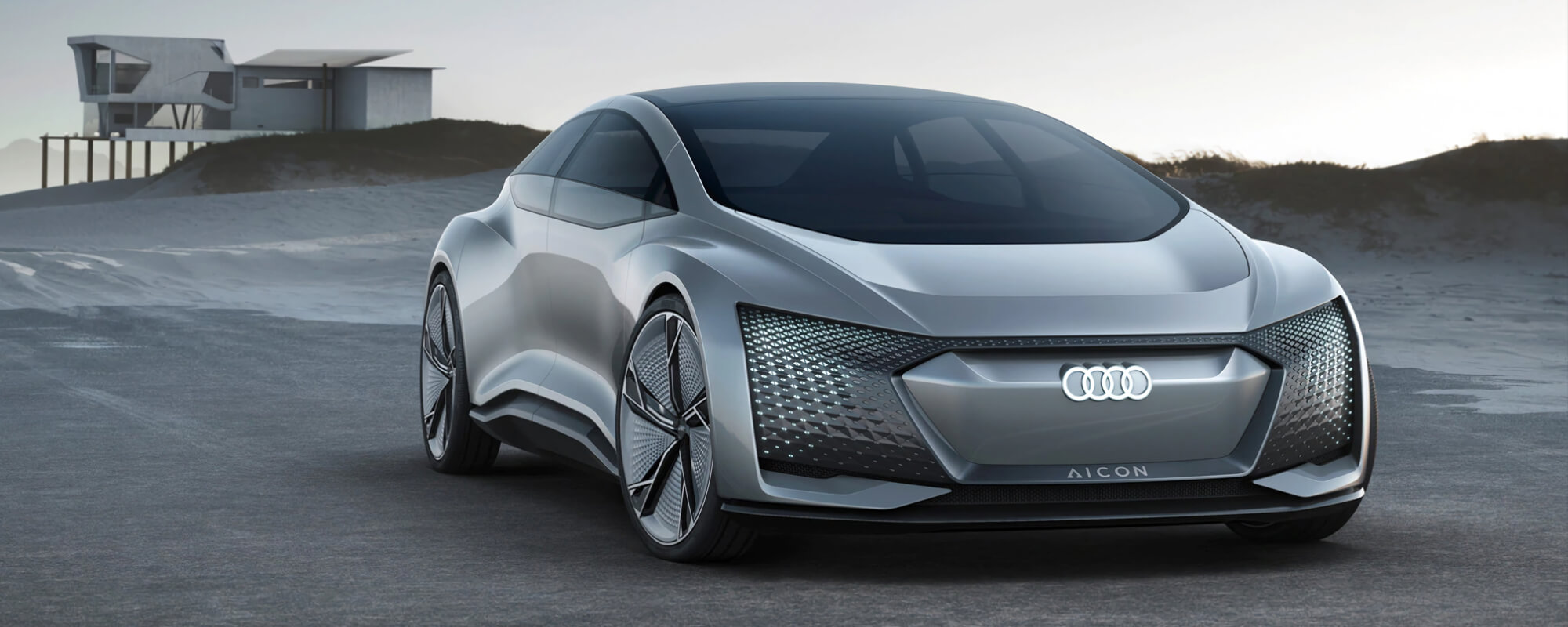
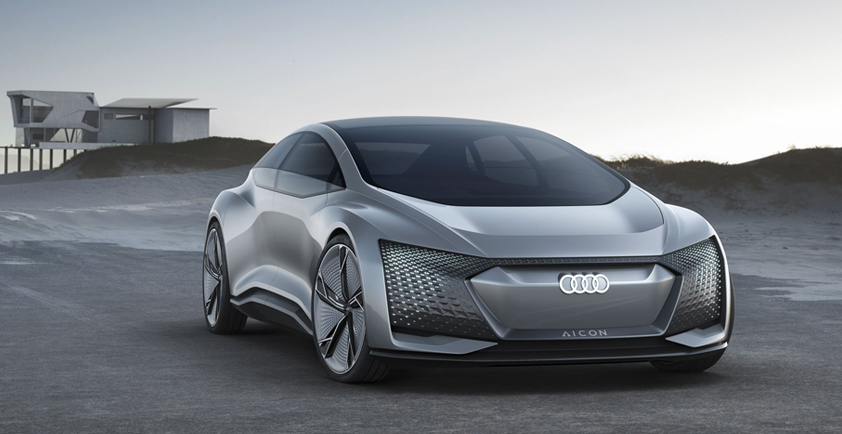
MICROSOFT - THE ROAD TO AUTONOMOUS DRIVING RUNS THROUGH THE CLOUD
The automotive industry is on the road to self-driving vehicles. And with each lap there are greater demands when it comes to sensors and systems. In order to meet these requirements, sensor technologies and software must undergo continuous development. In addition to real-world testing, Audi relies on simulations for their driving studies. These simulations use enormous volumes of data generated by sensors in the vehicles. Future sensor sets will generate four gigabytes of data. Per second. Per vehicle. So how does Audi create simulations using these large volumes of data? Let's take a look behind the scenes.
The Audi Group, with its Audi, Ducati and Lamborghini brands, is one of the most successful manufacturers of premium automobiles and motorcycles. With a foothold in over 100 markets, the Group produces vehicles at 18 locations in 13 countries. Today, the enterprise employs approximately 90,000 people globally, with more than 60,000 in Germany. Audi’s focus is on sustainable products and technologies for the future of mobility.
Even if it isn’t possible for a car to drive completely without a driver just yet, major parts of the hardware technology needed to make this happen are often already integrated in the vehicles. Cameras, radars, ultrasound sensors and navigation systems are already on our roads a million times over. Depending on the model, the most recent Audi A8 has up to five cameras to capture its surroundings, as well as a night vision camera and a camera for monitoring the driver’s activities. There are also five radar sensors and a laser scanner. This set of sensors provides data that support state-of-the-art functions for preventing accidents, such as emergency braking assist, lane departure warning system, turning assistant system, adaptive cruise control, road sign recognition or automatic park assist.
These sensors and functions must be faultless and able to handle any driving situation, for example, detecting pedestrians regardless of the light, weather or traffic conditions. They must also be able to correctly estimate the trajectory of a cyclist approaching from the side.
As the level of automation continues to increase and once vehicles become completely autonomous with no human driver at all, the way in which these sensors cooperate will become more sophisticated. The complexity and expense involved in verification and validation will increase many times over.
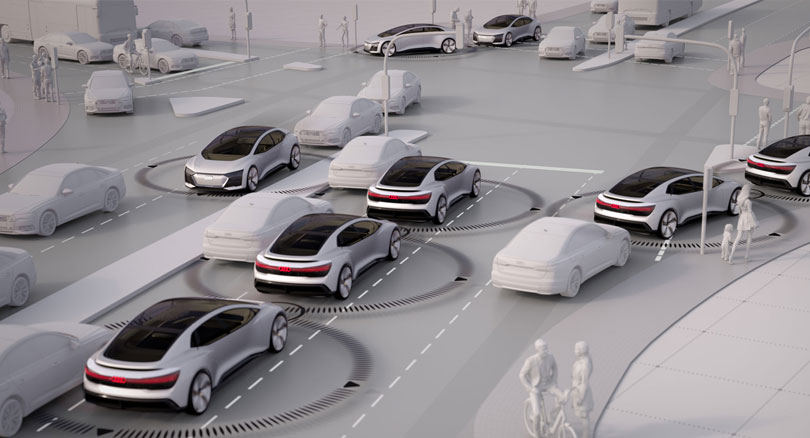
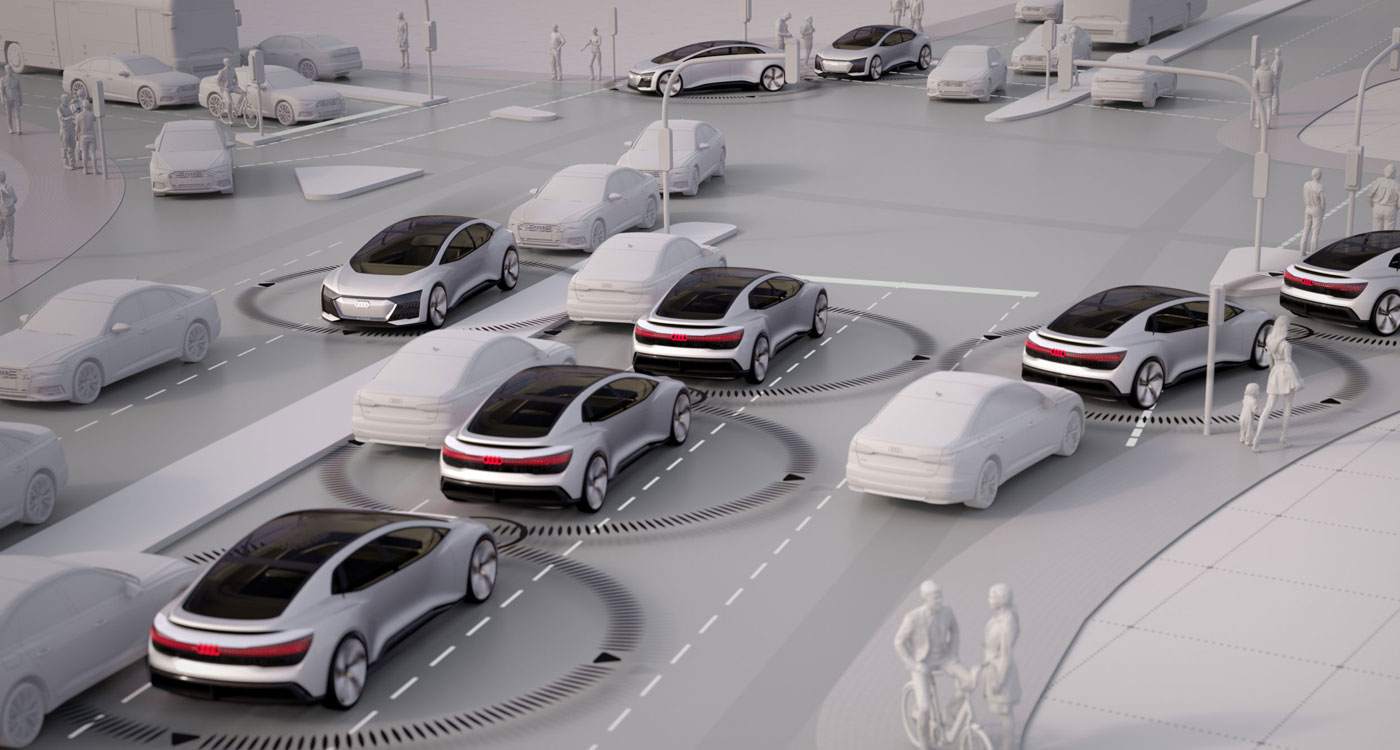
Simulations help reach the goal
“In addition to real-world tests, we rely more and more on simulations. It’s simply not practical to test each new software version for ten thousand hours on various continents,” explains Adrian James. He is responsible for automated driving safety at AUDI AG and adds, “That is why our developers make use of simulated environments. An important part of this environment is the enormous data pool with real raw data generated by the sensors in test vehicles worldwide.” In total, the current data sets have information from more than a half million intersections, over 400,000 traffic lights, just under 320,000 bridges and more than 60,000 speed bumps.
During a simulation, the software for a control device and sensor (system under test) runs in a virtual environment and processes the raw data generated by the sensor. For example, to activate emergency braking because a pedestrian steps out onto the road, the software must combine images from the front camera, object detections from the long-range radar and possibly those from the laser scanner and then evaluate them. This is known as sensor data fusion and it increases the quality of environment detection. In a fine-tuned system, the capabilities of each sensor technology can be optimally utilised so that the physical limitations of these various technologies have less of an impact on the system.
The simulation, which creates a virtual space in which the real behaviour of the sensors in the most diverse situations can be re-enacted, contributes significantly to this. If the control device’s software responsible for vehicle safety makes a poor decision during the simulation, the consequences pose no danger and the error is rectified in the next version. “Ultimately, these rigorous tests help us develop robust software that is ready for production,” says James.
As requirements become more complex, in-house data centres no longer suffice
The raw sensor data are located in a million different files, each in manufacturer-specific formats that must be first checked for plausibility and then prepared for the simulation. “Even the fastest processor (CPU) in one data cluster takes 20 times longer to complete a task when the simulation is complex as the processors in the production vehicles,” says Dr Stefan Gangl, Design Engineer at AUDI. Scaling and parallelisation are the key to an effective simulation based on raw sensor data.
By comparison, the already generously designed simulation framework for the Audi A8 was operated on in-house compute and storage clusters at two locations. In Germany, for example, a cluster with approximately 12 petabytes storage capacity and 60 computers in parallel was used to create the simulation. However, further expansion of the data centre would not have been economical. Adrian James has reason to believe that next-generation vehicles will generate four gigabytes of raw sensor data per second. To be able to run the same number of simulations, Audi would have to acquire and operate approximately 200 petabytes of storage capacity and the same amount of computing capacity. For Adrian James it was clear that only a cloud platform could provide the capacity Audi needs.
He finally chose Microsoft Azure because Microsoft offered more than just processing power and storage space. James was impressed by Microsoft's enthusiasm and dedication to the project. “Our Microsoft colleagues had already submitted proof of concepts for key components of our solution. That’s how we knew that the advantages of a cloud migration we were hoping for would actually pay off down the road.” Another big plus point was that Audi’s request to redesign and implement the test and automation framework for the simulation was something Microsoft Services could also fulfil. This means that a simulation's run time can be even shorter.
A faster pace and increased data security thanks to the cloud
Azure offers the automotive group a variety of advantages. Audi has ideal access to the platform so they can run complex data analyses, making it possible to gain a deeper understanding of the sensors’ capabilities. For example, the influence of the mounting location on performance can be calculated by looking at the data recorded from multiple installations. Even country-specific environmental influences or traffic conditions can be visualised and evaluated. “Azure behaves just like our very own data centre. It even manages the cryptographic keys we use to protect our intellectual property,” says Dr Stefan Gangl. Furthermore, since Azure is available worldwide, simplifying data logistics is easier than ever. In addition to a faster pace, Audi anticipates a simulation environment that is highly accessible. “After all, Azure is run by experienced IT specialists,” explains Adrian James.
Another essential criterion is IT security. “International regulations, stringent Group standards and Audi’s quality standard in terms of data protection and data security require a maximum level of data protection,” says Gangl. Thanks to close cooperation with Audi’s IT department, it was possible to implement MS Azure Cloud in compliance with corporate regulations on current IT security standards and future requirements.
Adrian James sees the future optimistically. “Thanks to the cloud, we have found the right solution to the challenge of storage capacity and computing. We can now focus entirely on the development and safety of our technical solutions for automated and autonomous driving,” he says.
"In addition to real-world tests, we rely more and more on simulations. It’s simply not practical to test each new software version for ten thousand hours on various continents." Adrian James : Head of Automated Driving Safety - AUDI AG
